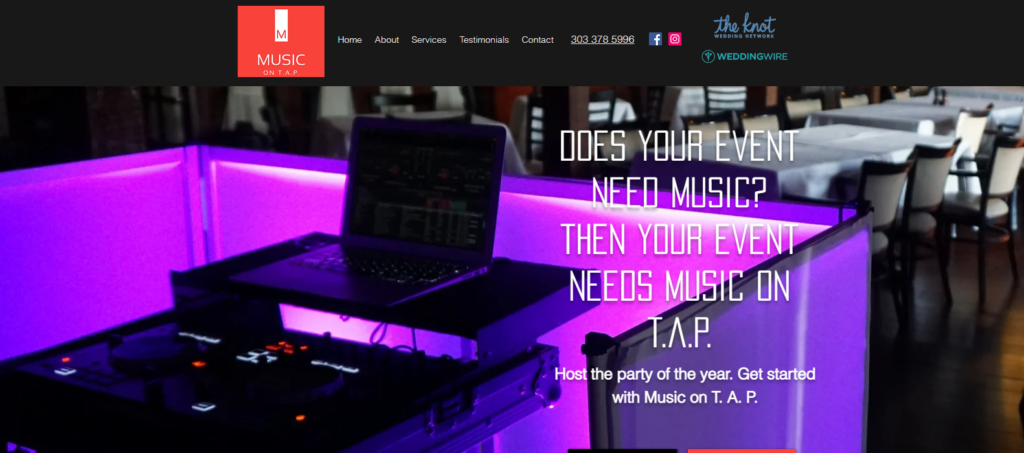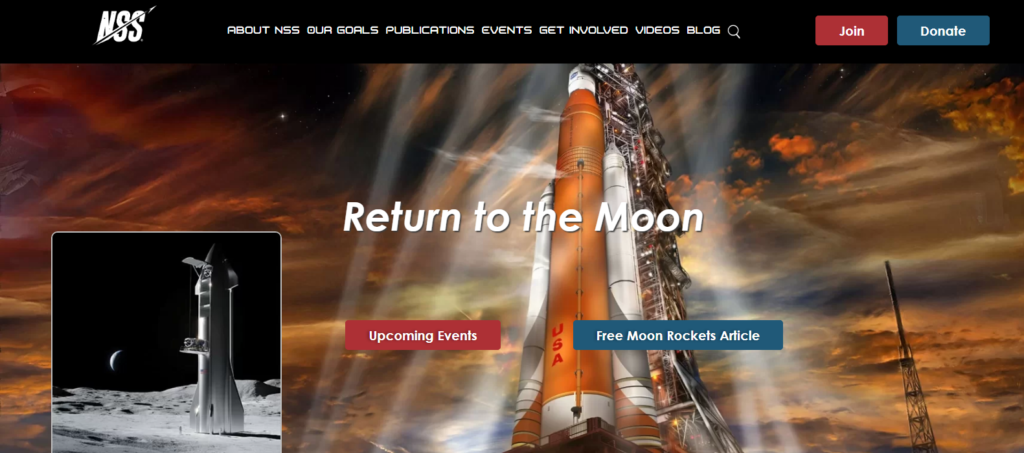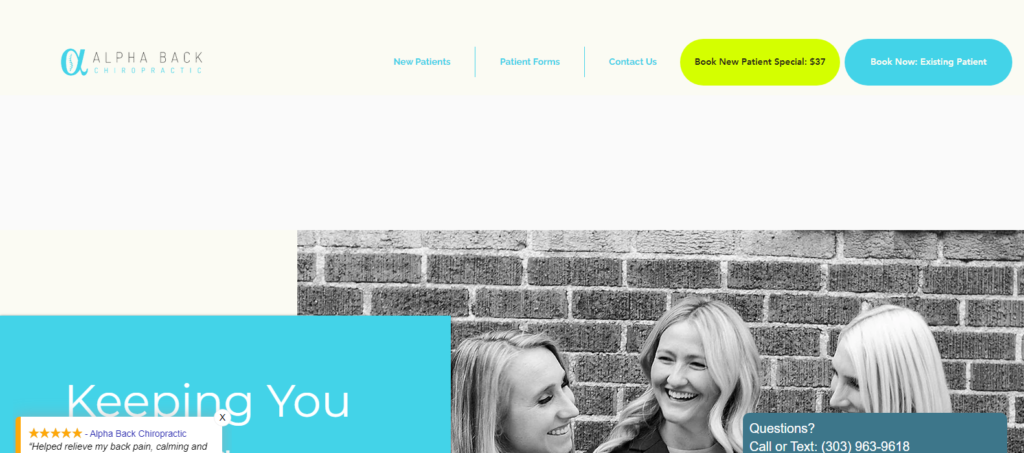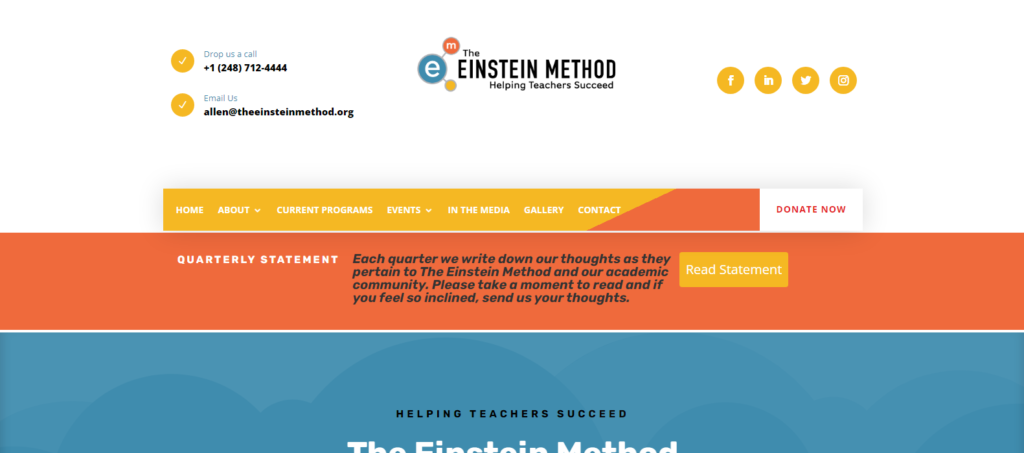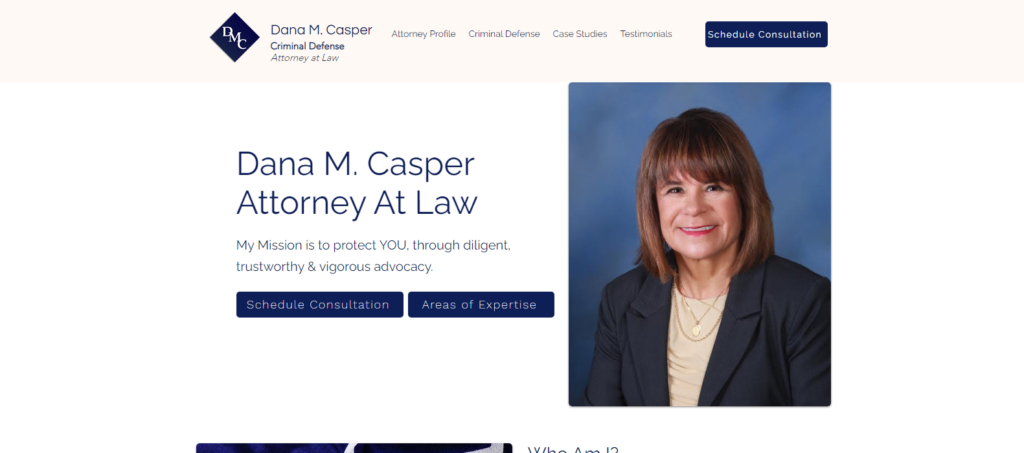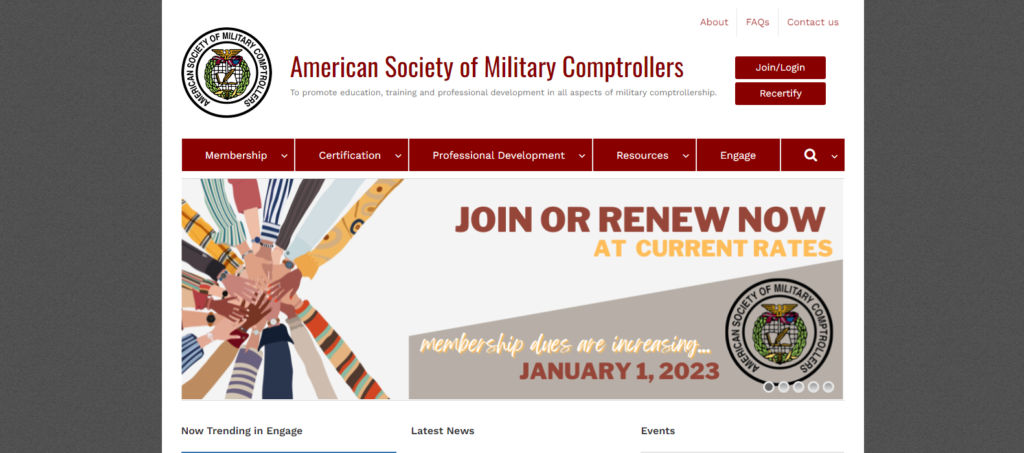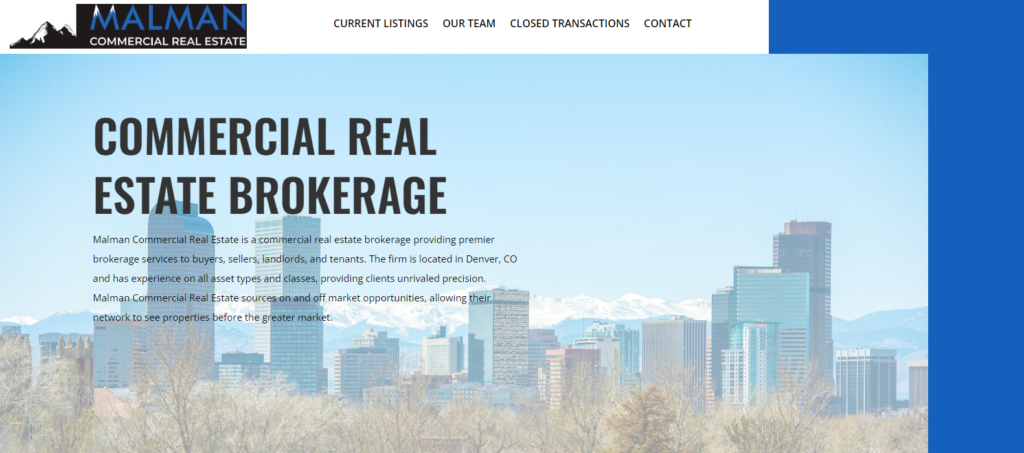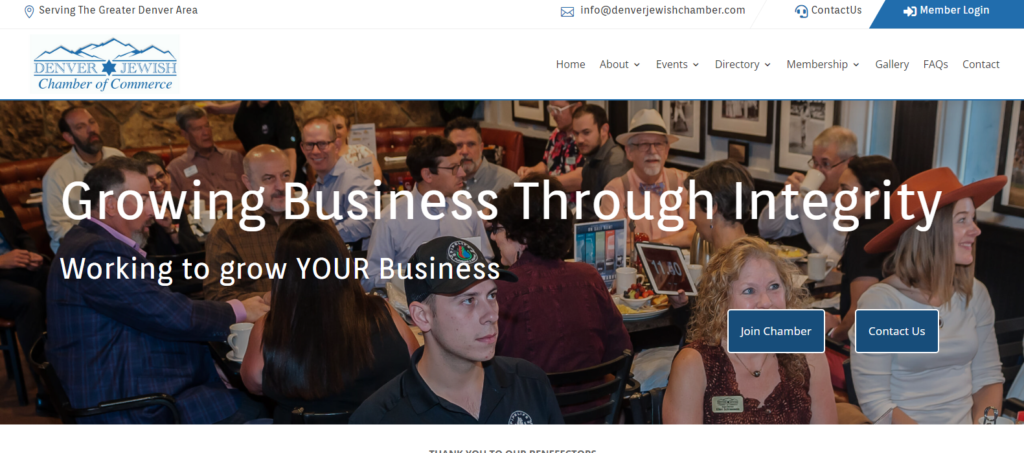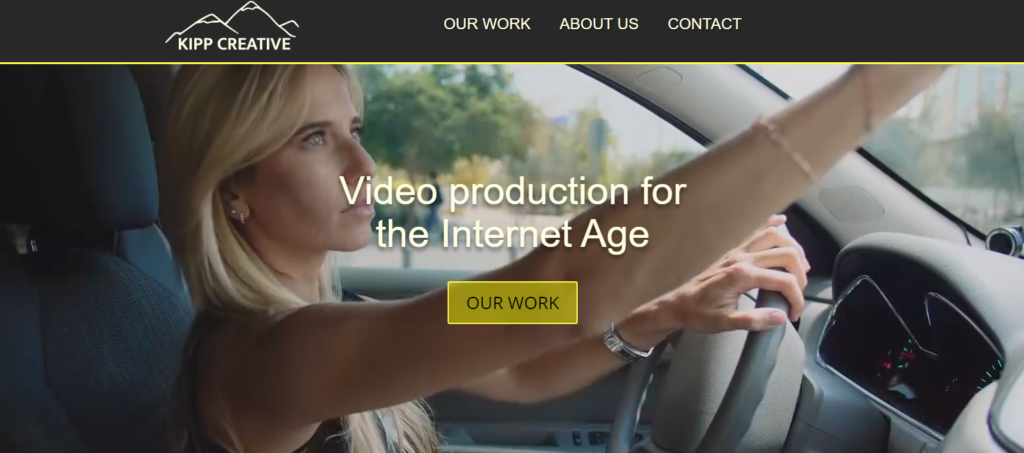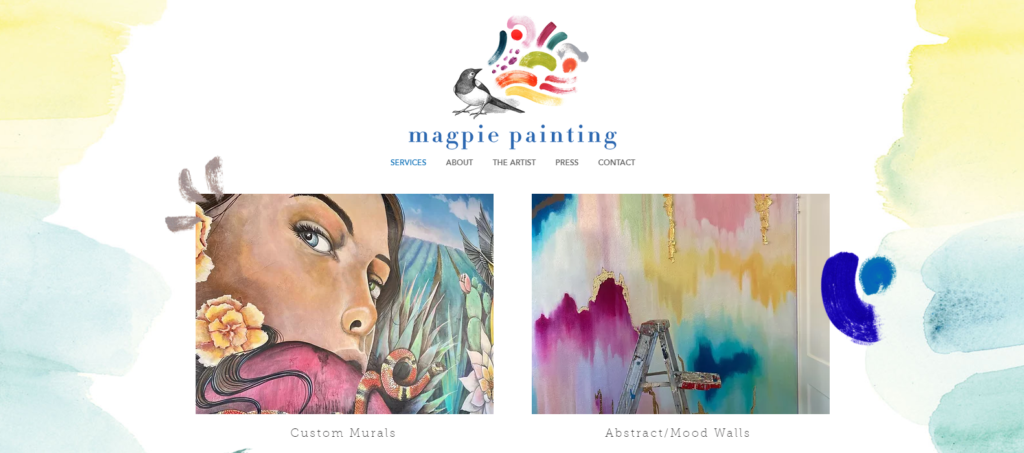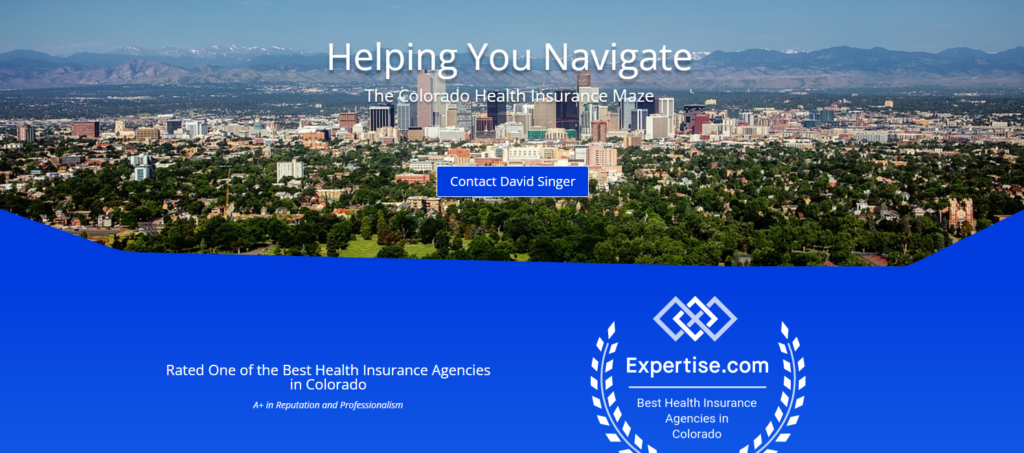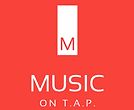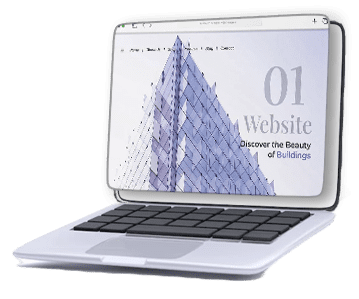Website Terminology Glossary
Accessibility
Website accessibility refers to the design and development of websites that are usable by people with disabilities. The goal of website accessibility is to ensure that all users can access and use the content and features of a website, regardless of their physical or cognitive abilities.
Here are some examples of website accessibility:
Alternative text for images
Providing alternative text for images allows users who are blind or visually impaired to understand the content of the image. This text is read aloud by screen readers, which are software programs that read text aloud.
Captions for videos
Captions provide text that describes the audio content of a video, allowing users who are deaf or hard of hearing to understand the content.
Keyboard accessibility
Ensuring that all website functions can be accessed and navigated using a keyboard rather than a mouse or touch screen. This is important for users who have limited mobility or dexterity.
Color contrast
Ensuring that there is sufficient contrast between text and background colors to make it easy for users with visual impairments to read the content.
Text resizing
Providing the ability for users to easily resize text can be helpful for users with visual impairments or reading difficulties.
Clear and simple language
Using clear and simple language can make the content of a website more accessible to users with cognitive disabilities or those who are not native speakers of the language.
Need Help With Accessibility?





